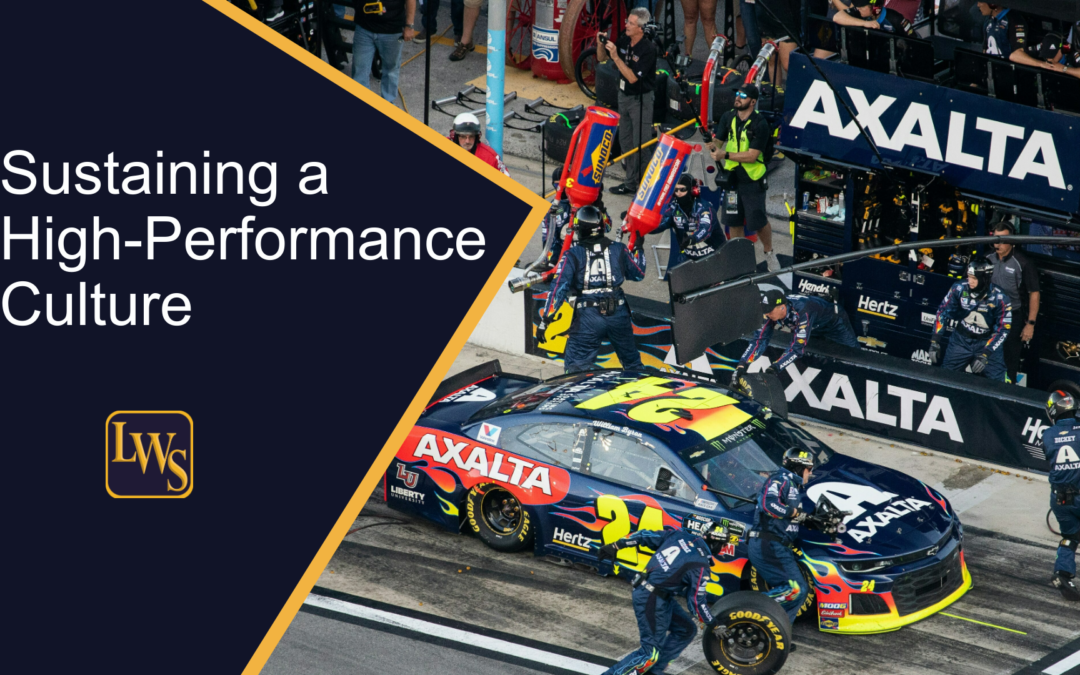At a Glance
- Understanding the key principles of a high-performance culture is crucial for long-term success.
- Learn how to sustain a high-performance culture and unlock the full potential of your organization.
- Discover actionable strategies to cultivate a culture of excellence and drive productivity.
- Gain insights into the essential elements that contribute to creating a high-performance culture.
- Explore real-world examples and case studies that highlight the effectiveness of implementing these principles.
In today’s fast-paced and competitive business landscape, organizations strive to achieve excellence and maintain a high-performance culture. A high-performance culture is characterized by a shared commitment to continuous improvement, collaboration, innovation, and achieving outstanding results. It is the driving force behind successful companies that consistently outperform their competitors.
In this article, we will explore the key principles that contribute to long-term success in creating effective teams, fostering a positive organizational culture, and inspiring exceptional leadership. So, let’s dive in and discover the secrets to unlocking your team’s full potential.
Key Principle 1: Clear Vision and Purpose
To establish a high-performance culture, it is crucial to have a clear vision and purpose that aligns with the organization’s values and goals. A compelling vision provides a sense of direction and inspires individuals to work towards a common objective. When employees understand the purpose behind their work and how it contributes to the overall success of the organization, they become more engaged, motivated, and committed.
Key Principle 2: Effective Communication
Communication plays a pivotal role in sustaining a high-performance culture. Open and transparent communication channels foster trust, collaboration, and knowledge sharing within teams. Leaders should encourage regular feedback, active listening, and effective two-way communication to ensure that everyone is aligned and informed. By promoting a culture of open communication, organizations can overcome challenges, resolve conflicts, and drive continuous improvement.
Key Principle 3: Continuous Learning and Development
Investing in the growth and development of employees is essential for maintaining a high-performance culture. Organizations should provide opportunities for continuous learning, skill enhancement, and personal development. By nurturing a learning mindset, employees feel valued and empowered to take on new challenges. This commitment to ongoing development not only enhances individual performance but also strengthens the collective capabilities of the entire organization.
Key Principle 4: Empowerment and Autonomy
Empowering employees and granting them autonomy is a fundamental aspect of a high-performance culture. When individuals have the freedom to make decisions, take ownership of their work, and contribute their unique perspectives, they feel a sense of pride and accountability. Empowered employees are more likely to go above and beyond, take calculated risks, and drive innovation, leading to long-term success.
Key Principle 5: Recognition and Rewards
Recognizing and rewarding exceptional performance is vital for sustaining a high-performance culture. Celebrating achievements, acknowledging hard work, and providing meaningful rewards create a positive work environment that motivates employees to excel. Recognition can take various forms, such as public appreciation, monetary incentives, career advancement opportunities, or even simple gestures of gratitude. By valuing and appreciating their contributions, organizations inspire individuals to continue delivering outstanding results.
Conclusion
Building and sustaining a high-performance culture requires a deliberate and continuous effort. By embracing the key principles discussed in this blog – having a clear vision and purpose, effective communication, continuous learning and development, empowerment and autonomy, and recognition and rewards – organizations can create an environment where individuals thrive, teams excel, and long-term success becomes a reality.
Remember, sustaining a high-performance culture is not a one-time achievement but an ongoing journey. It requires commitment, adaptability, and a relentless pursuit of excellence. Start implementing these principles today and witness the transformation towards a high-performance culture that will propel your organization towards long-term success.
What role does your leadership play in creating and maintaining a high-performance culture? How can your leaders actively support and promote these key principles for long-term success?
Are there any specific challenges or obstacles that may hinder the sustainability of a high-performance culture in your organization? If so, how can you address them?
How can you empower and motivate your employees to consistently perform at their best and contribute to a high-performance culture?
Start developing your leadership skills today with The Effective Leader or sign up today for the Effective Leadership email newsletter.
Contact me today for a complementary Strategy Session: Leadership Strategy Session
Or book me to speak at your next Event, Team Meeting, or Off-Site Retreat: Speaker Request

